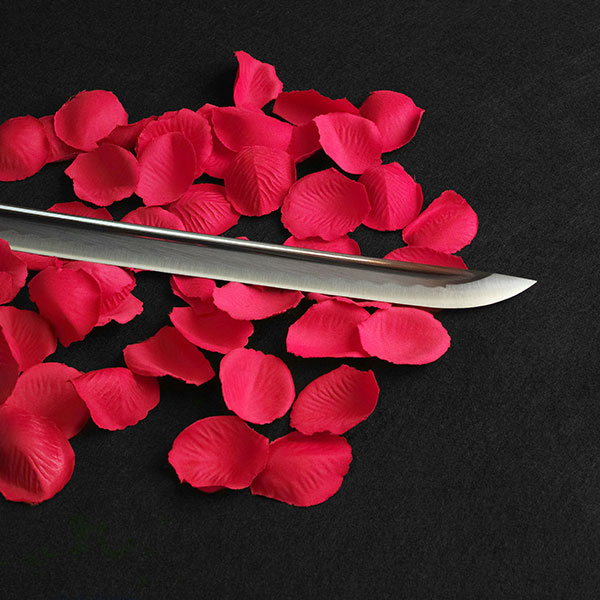

JAPANESE SPIRITUALITY
AND SWORDS
BUSHIDO: THE WAY OF THE WARRIOR
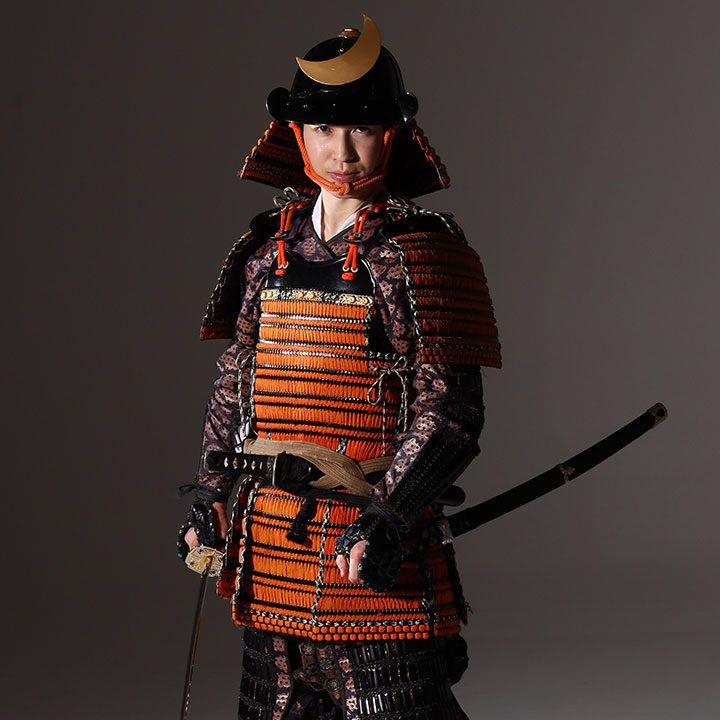
Bushido was introduced to the world by Inazo Nitobe. He used the word chivalry (Honorable and Brave) as a translation of Bushido. Bushido is the warrior code that samurai and nobles had to abide by, not only in their occupation, but also in their daily lives.
Bushido emphasizes absolute loyalty to one’s lord, as well as being faithful and honorable, with a warlike spirit. Samurai had many responsibilities serving their lords, and had to be prepared to sacrifice their lives at any moment to protect their province and people. Nitobe considered Bushido to be an obligation associated with noble status.
However, Bushido was not a formalized code, it was an unwritten code that was expected to be observed without fail among members of the warrior class. This method of maintaining civility and humanity among warriors has been passed down as an unparalleled example of how to conducting oneself. Regardless of social status, today it has become the basis of morality in Japanese society. Bushido is not an old-fashioned moral guide of the past. Its fundamental values contain a powerful and beautiful existence that continue through the ages.
THE JAPANESE SWORD AS SPIRITUAL SUPPORT
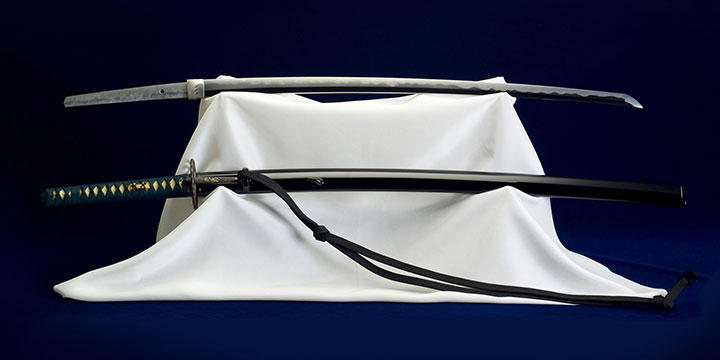
In reality, Japanese swords were seldom used in actual battles. However, it is said that the main reason why samurai, especially military commanders, carried swords into the battlefield was for psychological and spiritual reasons.
Japanese swords are considered to be imbued with spiritual power, and can even be regarded as the embodiment of the residing divinity at Shinto shrines. It was believed that one could gain strength from just by viewing the intrinsic beauty of a Japanese sword. The metal fittings that decorate the mountings are by no means just ornamental. In addition to the practical function of protecting the blade, the mountings usually are assembled using fittings that have designs with a personal meaning to the samurai. For samurai, the Japanese sword was not merely a weapon, it was also a beautiful art object that provided spiritual support.
THE JAPANESE SWORD AS SPIRITUAL SUPPORT
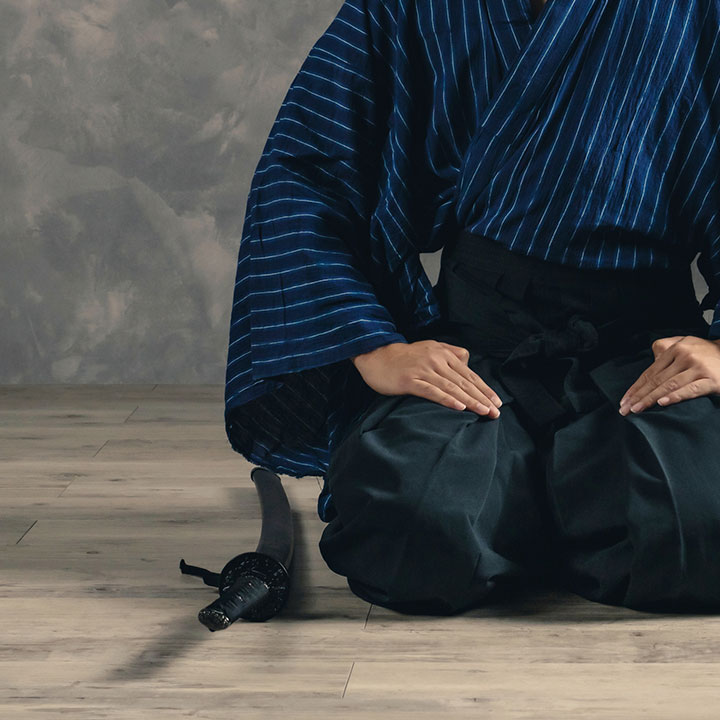
The spiritual culture of the Japanese people has been greatly nurtured under the influence of Bushido. The pursuit of Bushido seeks the ideals in a person to make them suitable to wield a Japanese sword. This spirit of Bushido permeated not only the elite samurai class, but also the general public, and became a spiritual guideline for all Japanese people. Even today, the standard for good conduct is rooted in Bushido, such as good etiquette, mindfulness, and good behavior remains deeply rooted in the hearts and minds of the Japanese people.
The Japanese sword, which is a symbol of Bushido, is created using a variety of techniques and passion, from refining the raw materials through the various forging processes. The culmination of creative process resonates in the hearts of the viewers of Japanese swords. They can be said to be the manifestation of the Japanese spirit, incorporating technology, aesthetic sense, passion, and the spirit of Bushido.
THE IMPORTANCE OF PASSING JAPANESE SWORDS ONTO FUTURE GENERATIONS
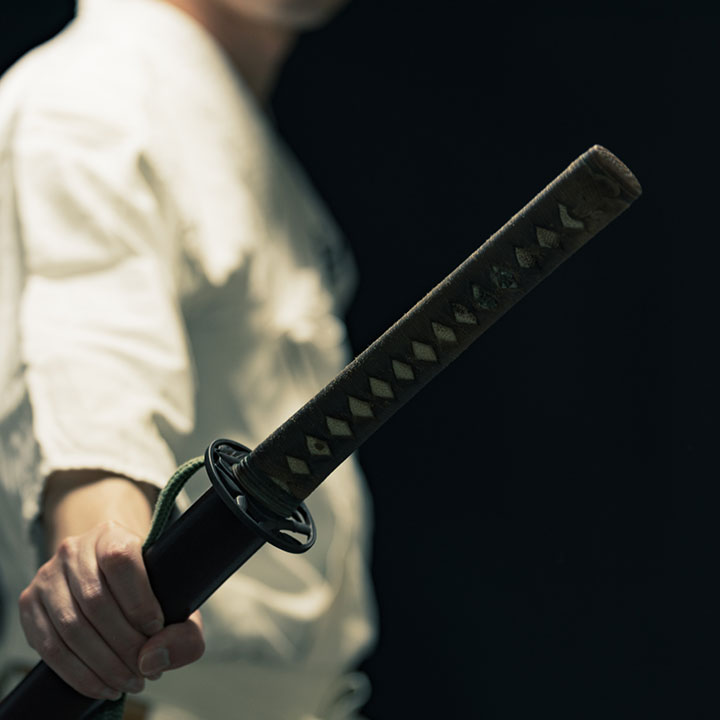
Currently, the ancient techniques for making Japanese swords are in danger of being lost forever. Today, there are less than 200 licensed active swordsmiths. This is about two-thirds of the number 35 years ago. Additionally, many of those smiths are aging. There are fewer than 30 swordsmiths who can make a living by solely making swords, and even a smaller number of them that can take on apprentices. There are a number of professional sword polishers, and a small number of craftsmen who can make koshirae (mountings), but there is overall a serious shortage of successors.
The lack of customers commissioning swords is also contributing to the issue. The number of people around the world who are interested in Japanese swords is increasing. However, this is not currently leading to a greater number of commissions from Japanese smiths.
Many collectors enjoy the romance associated with purchasing antique swords. However, throughout the long history of the Japanese sword, many swords that were generally commissioned and worn, were from the contemporary smiths of the time (I.E. modern swords). It was those excellent swordsmiths that created the famous historical swords that we know today. In turn, the modern swords commssioned today may become National Treasures of the future. The Tamahagane-Modern Japanese Sword Project Team would like to convey the wonders of Japanese swords (which can be called the heart of Japan) to the world, and support the craftsmen who make them in order to continue passing down Japanese swords and the intangible skills to future generations.







